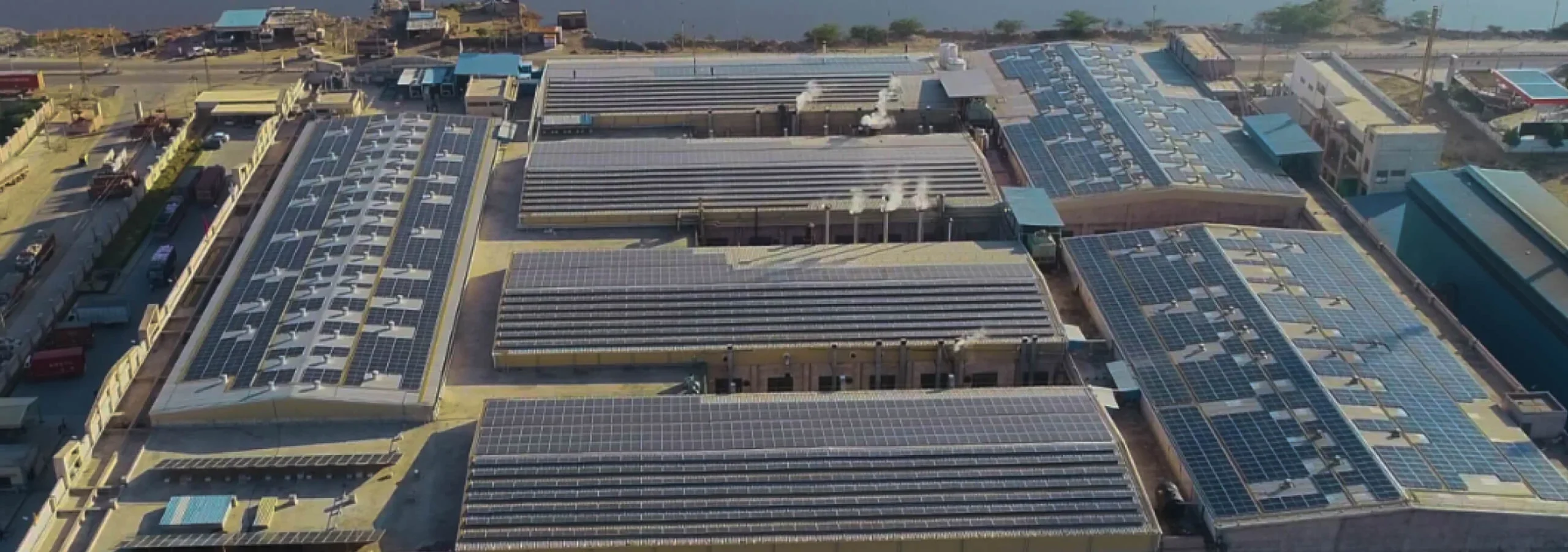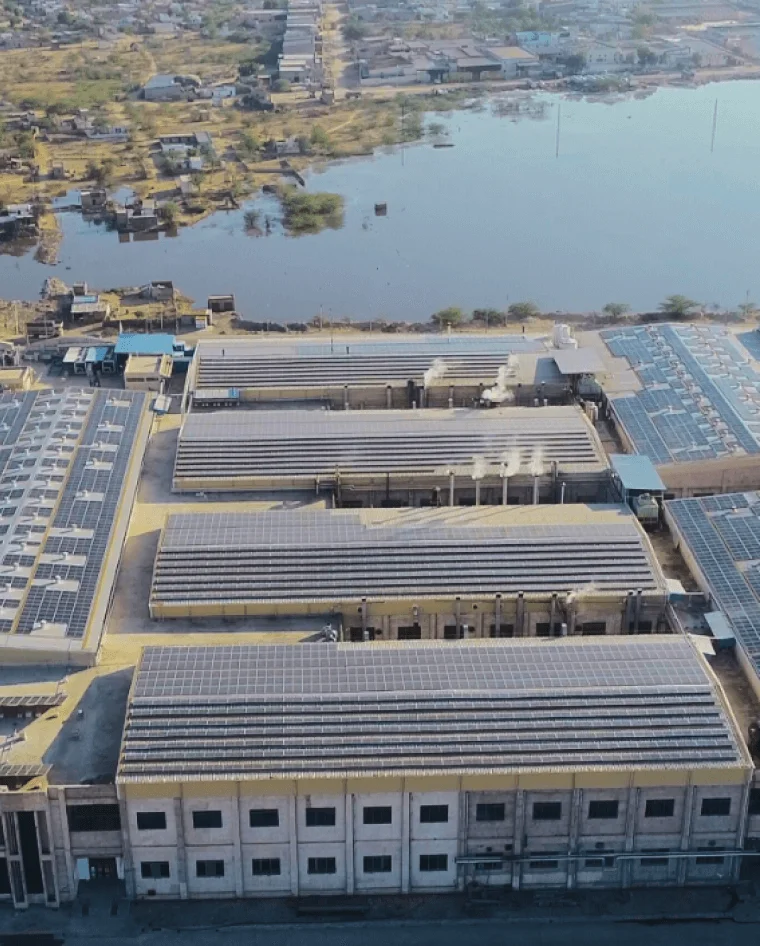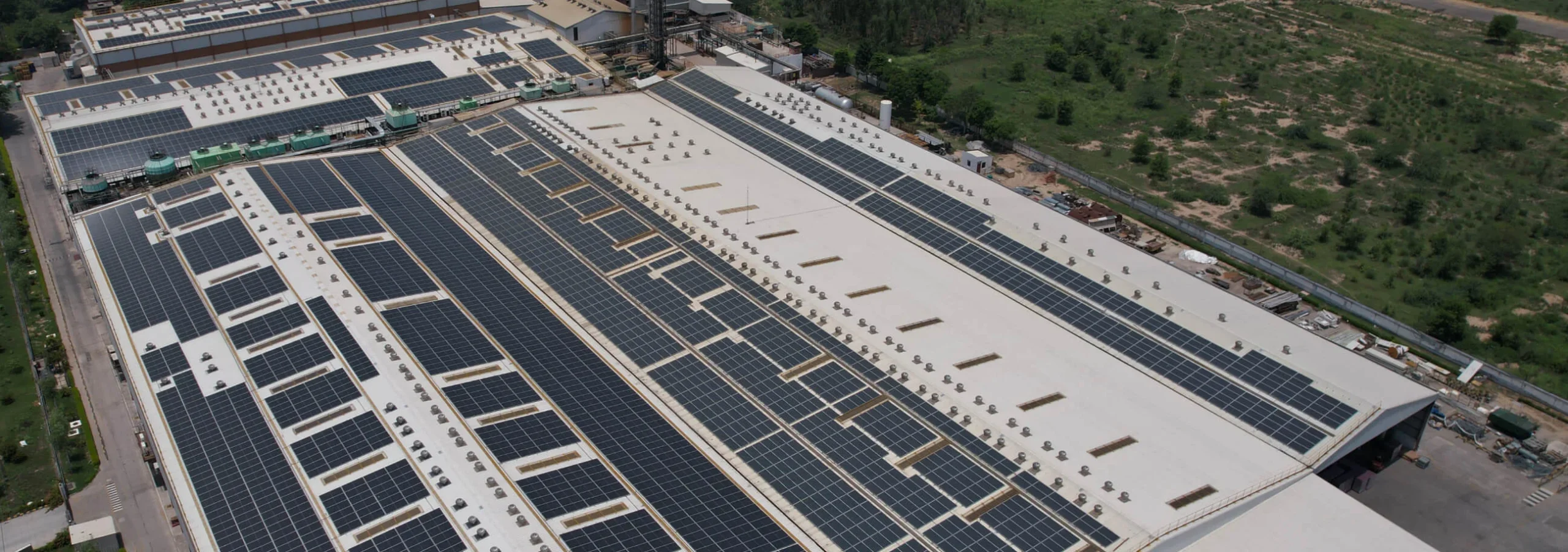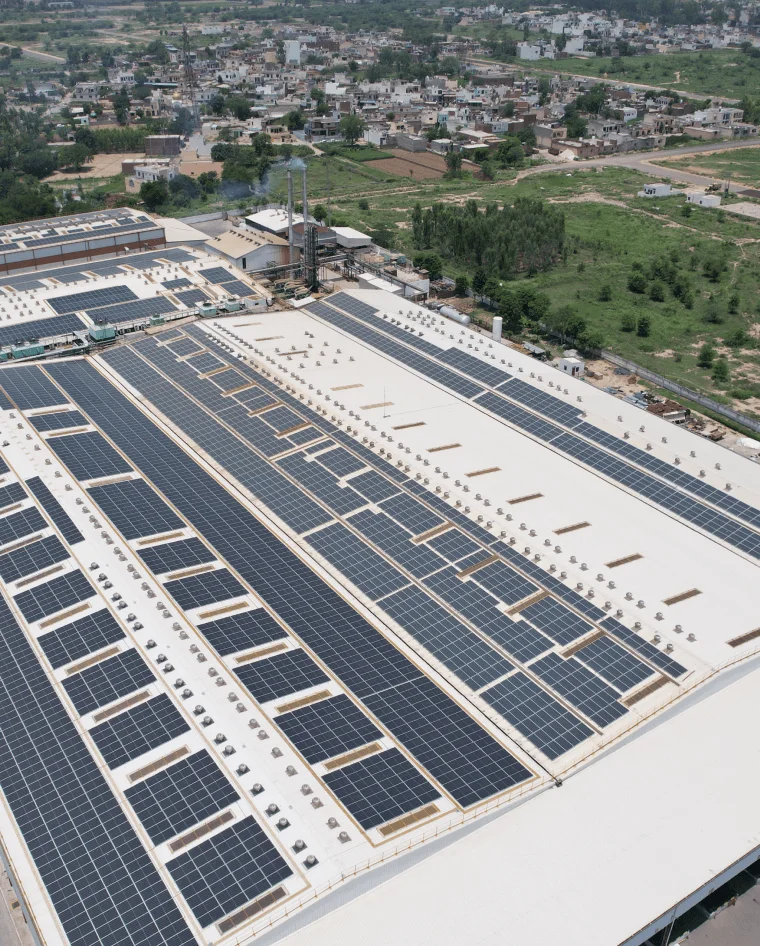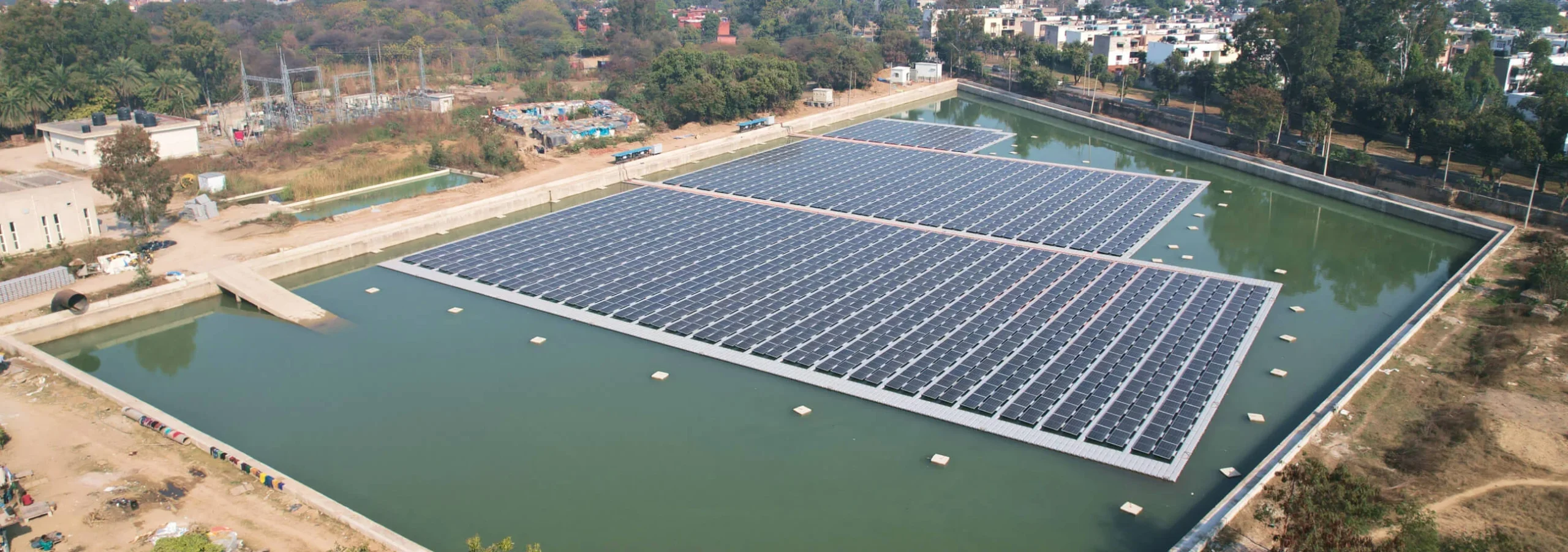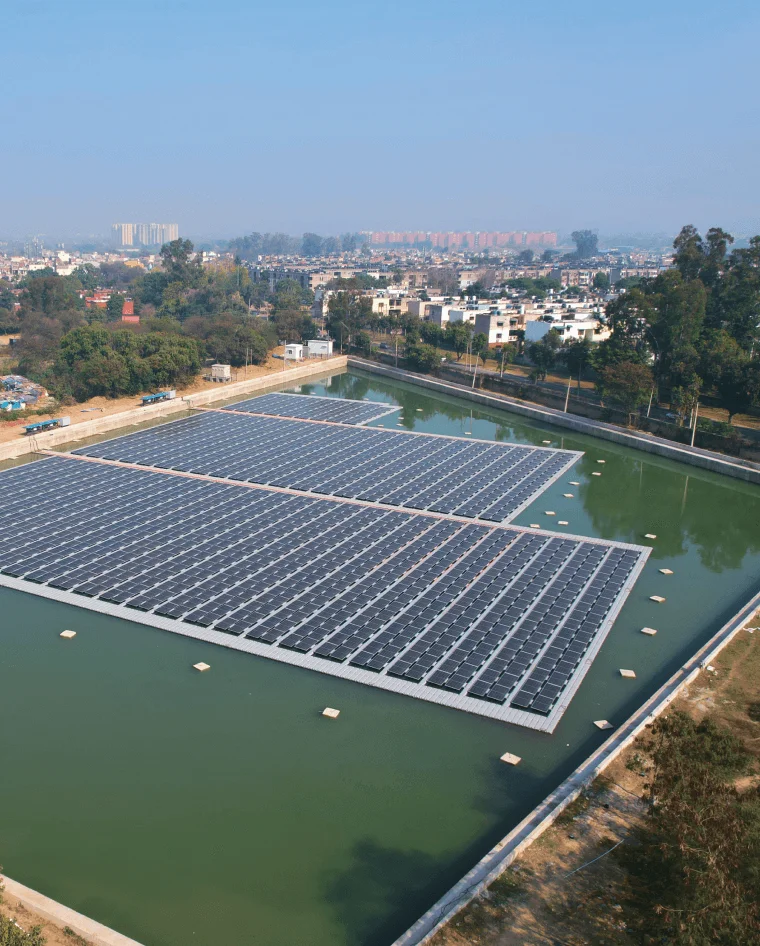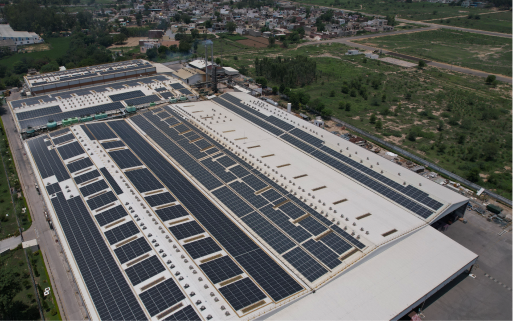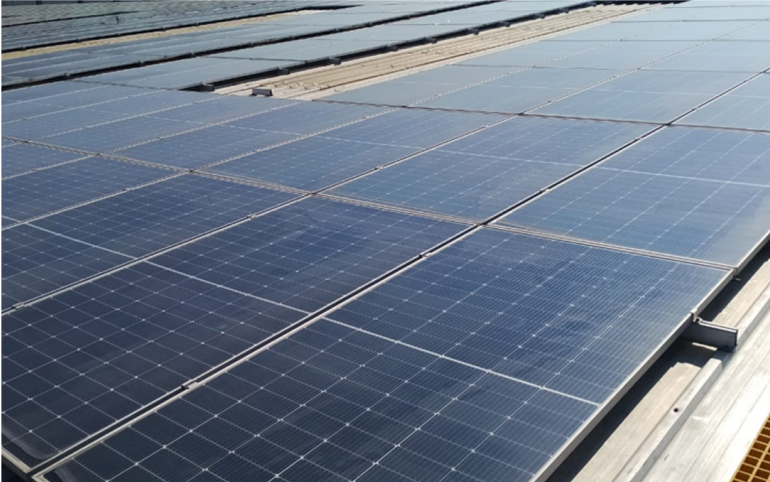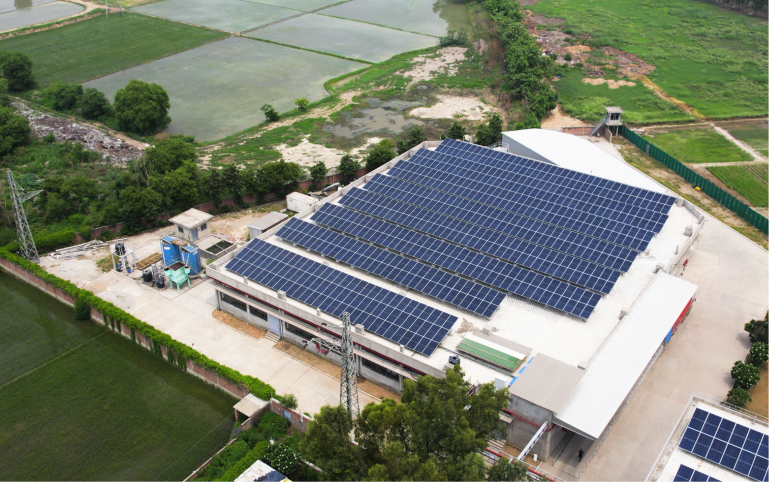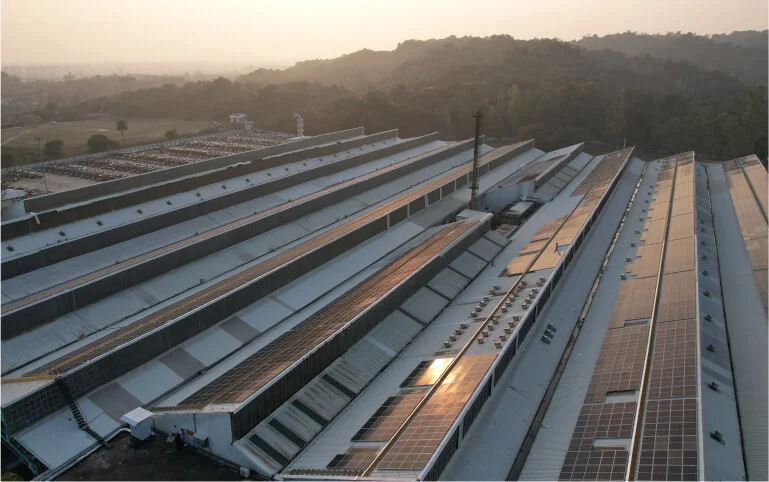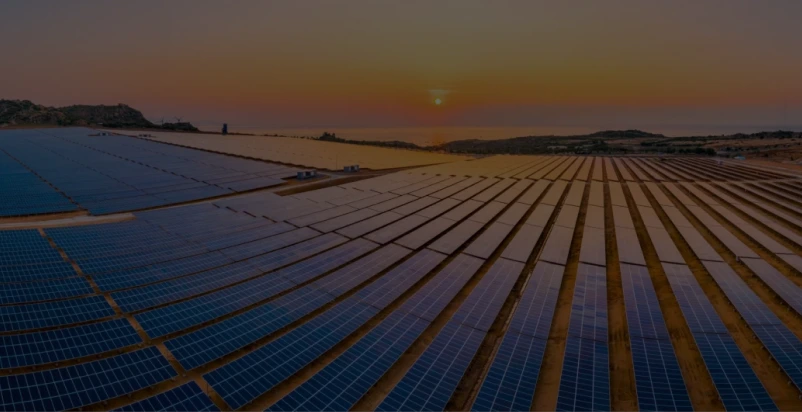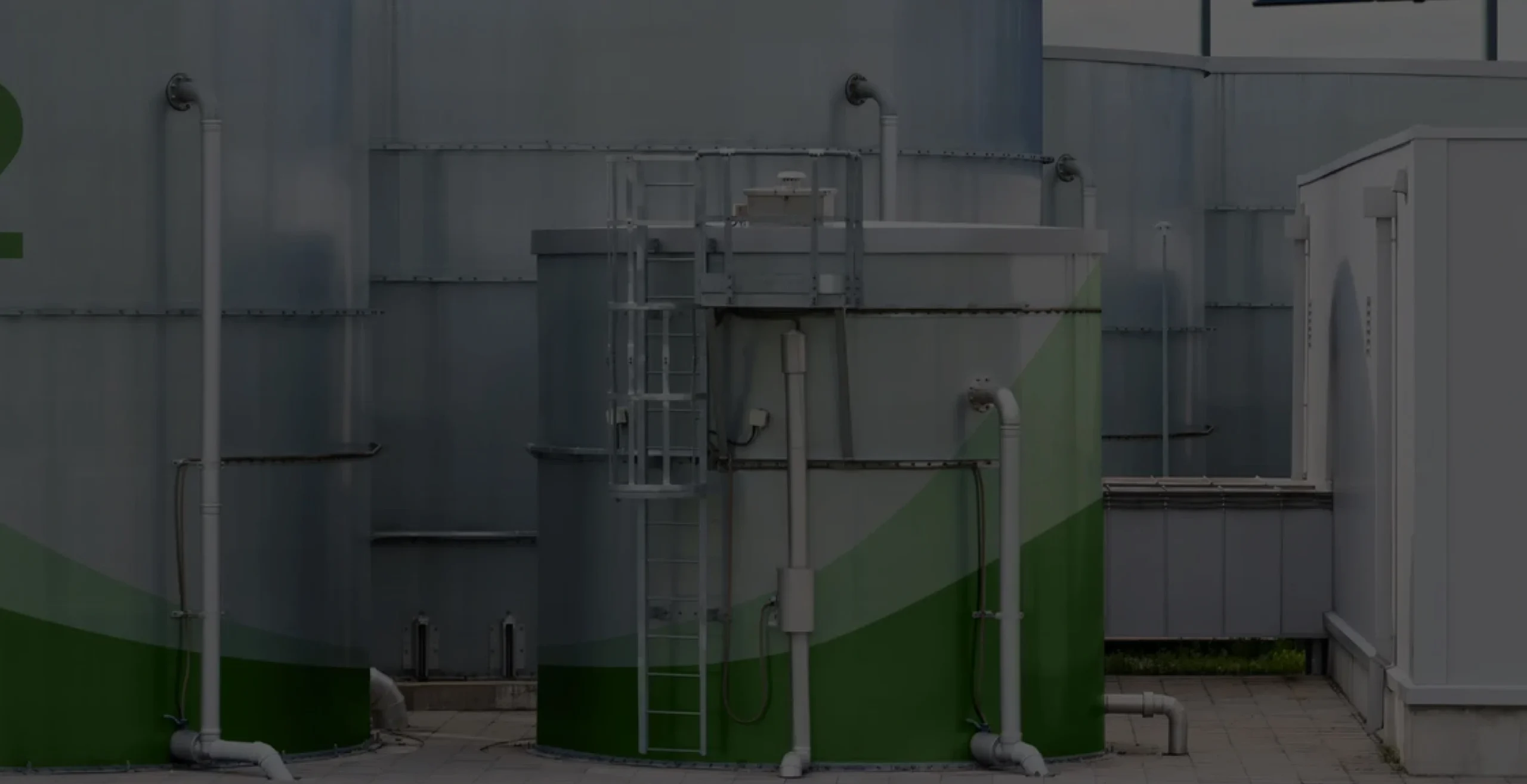About C & I Rooftop, Floating Solar
As India’s energy demand continues to grow, solar power is leading the charge toward a greener and more sustainable future. Hartek is at the forefront of this transformation, offering C&I Rooftop and Floating Solar solutions that deliver higher energy yields and greater efficiency. Ranked among India’s Top 3 Rooftop Solar Installers, Hartek provides turnkey solutions for commercial and industrial rooftop solar installations, ensuring seamless execution from site assessment to commissioning.
With over 200 MWp of solar installed capacity across the country, we are helping businesses meet rising energy demands while reducing their carbon footprint. Since 2009, we’ve connected 10 GW+ of solar to the grid, reducing 300 million tonnes of carbon emissions, and positioning ourselves as a trusted partner in India’s clean energy journey. With C&I Rooftop Solar and Floating Solar, Hartek is paving the way for a net-zero emissions future, offering energy-efficient solutions that are scalable, reliable, and designed for long-term impact.
Our Valued Clients














And Many More
Our Vision For A Greener Tomorrow
Let’s Connect


